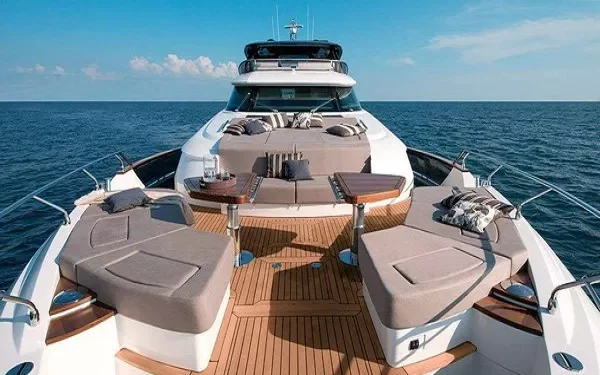, mainly by the configuration, matching device, packaging costs, transportation costs, insurance, customs duties, value-added tax, service fees.
So?
You can customize a brand new yacht, and every detail, from the color of the curtains in the theater to the pattern of the floor in the bathroom, can be done exactly as you want. After all, no one will stop you from spending money.
A Russian businessman spent $100 million to build a 13-seat, 415-foot-long model with a basketball room, not including operating costs.
If you can’t buy the boat in full, you can put 20% down over five years.
But it turns out that “small yachts” between 40 and 70 feet long are more popular than multimillion-dollar superyachts.
Although the cost of running a yacht has come down a lot, you still have to consider the cost of fuel, insurance (reassurance), ownership registration, mooring fees, maintenance and repair.
For example, owning a 44-foot yacht in California costs about $5,000 a year for upkeep and repair, $1,000 a month for mooring, $300 a year for fuel, and if you want to join a local yacht club, you’ll need to pay $300 a year or a one-time entry fee of $10,000.
But if you lack experience, it’s best to hire an agent.
At the very least you can be sure that the yacht you are buying is not “stolen property” and that you will know if the used yacht is in good condition.
Another benefit for brokers is that they can choose the best exchange rate and payment method.
Typically, a broker pays a 10 percent commission on purchases of yachts up to $1 million.












































